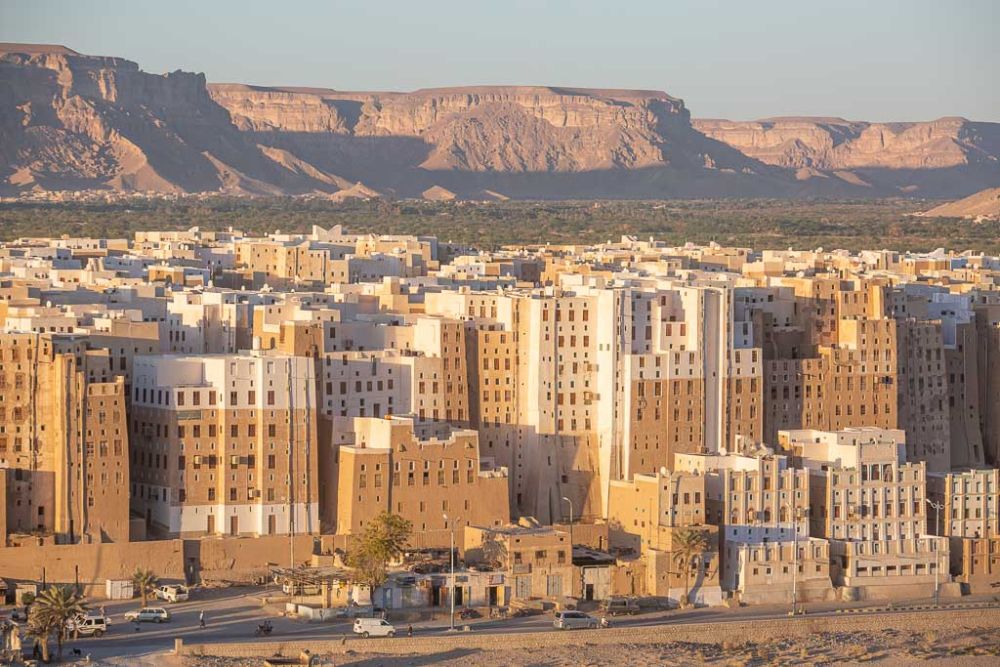

Nestled in the Hadramawt region of Yemen, the ancient city of Shibam, often referred to as "The Manhattan of the Desert," is famed for its towering mud-brick skyscrapers. A UNESCO World Heritage site since 1982, Shibam's impressive architecture dates back to the 16th century and is one of the earliest examples of urban planning based on the principle of vertical construction.
Tourism in Shibam has long been centered around its unique architectural heritage. Visitors from all over the world have been drawn to the city's historical significance and its distinctive, age-old skyscrapers. However, due to political instability and concerns for safety in the region, tourism has experienced fluctuations over the years.
In the past, tourists flocked to Shibam to explore its narrow streets, marvel at the ingenuity of its ancient inhabitants, and feel transported back in time within the walls of the old souq. The city not only offered a glimpse into a bygone era but also served as a testament to the adaptability and resilience of the Yemeni people.
The heart of Shibam's commerce can be found in its traditional souq—a market which has served the community for centuries. This bustling marketplace was historically a critical center for trade and social interaction, where spices, textiles, handicrafts, and daily necessities were exchanged.
Despite challenges, the souq remains a melting pot of cultural exchange and tradition, offering a vibrant insight into the daily lives of the local people. It stands as a symbol of the endurance of Shibam, attracting those who are interested in experiencing the authentic essence of Yemeni culture.
Responsible and sustainable tourism has become a trend in destinations like Shibam, where preservation of cultural heritage and the environment is becoming increasingly important. Efforts have been made to ensure that any tourism initiative respects the integrity of Shibam's structures and traditions, aiming to benefit the local community directly.
Although travel to Yemen is currently advised against in many travel advisories due to safety concerns, there is hope that peace and stability will one day return to the region and allow for the revival of tourism. Potential tourists and scholars alike champion for the conservation of Shibam's architectural marvels, so that future generations may witness the splendor of this historic city.
The attention that tourism brought to Shibam has played a crucial role in international conservation efforts. Organizations such as UNESCO and the Global Heritage Fund have worked towards safeguarding the city's mud-brick towers, due to their cultural significance and vulnerability to erosion and natural disasters.
These efforts, coupled with sustainable tourism practices, are seen as key to protecting Shibam's unique legacy and promoting peace and understanding through cultural heritage. The Traditional Souq of Shibam serves as a beacon of these endeavors, a place where the past can potentially fuel a brighter future for the residents of this historical city.